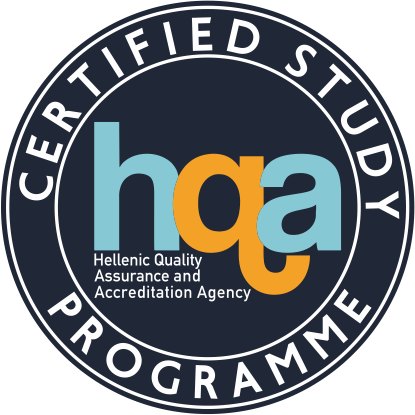Earthquake Geology
| School | Natural Sciences | ||||||||||||||
| Academic Unit |
Geology Department | ||||||||||||||
| Level of Studies |
Undergraduate | ||||||||||||||
| Course Code |
GEO_502E | ||||||||||||||
| Εξάμηνο σπουδών | 7ο | ||||||||||||||
| Course Title |
Earthquake Geology | ||||||||||||||
| Independent Teaching Activities |
Lectures, laboratory work, tutorial, Fieldwork | ||||||||||||||
| Weekly Teaching Hours |
2L+1Lab+1 Tutor | ||||||||||||||
| Credits | 5 | ||||||||||||||
| Course Type |
Field of Science | ||||||||||||||
| Prerequisite Courses |
In general, there are no prerequisite courses. However, students knowing basic principles provided through the previously taught of theoretical courses ‘'Geomorphology’’, ‘Structural Geology’’ and ''Seismology'' are strongly benefited in understanding the issues of the course. | ||||||||||||||
| Language of Instruction & Examinations |
Greek. Teaching may be however performed in English in case foreign students attend the course. | ||||||||||||||
| Is the Course offered to Erasmus Students |
Yes | ||||||||||||||
| Course Web-Page (URL) | https://eclass.upatras.gr/courses/GEO344/ | ||||||||||||||
| Learning Outcomes |
The course is aimed at undergraduate students who understand basic principles of Geomorphology, Structural Geology and Seismology. The aim of the course is to acquire advanced knowledge and skills in topics related to deformation of active faults as it is imprinted on the Earth's landscape. In particular, the educational objectives of the course will include recognition of the landscape changes that accompany different types of active faults in deformed geotectonic environments. Identification of active faults will be based on special landscapes close to the fault trace, on the fluvial geomorphology and on the drainage pattern. Furthermore, in order the students to understand the concepts and the key landscapes attesting to the active deformation a series of examples from active faults in Greece and key slides from active faults worldwide are presented. Furthermore we use examples of ground failures during recent earthquakes of Greece. The analysis and implementation of the concepts to be learned will also be done within the workshop with calculations and classifications of geomorphological indices. The composition and assessment of the knowledge in the course will result in students being able to recognize active faults and their capability in hosting strong earthquakes. | ||||||||||||||
| General Competences |
By the end of this course the student will have develop the following skills (general abilities)
|
||||||||||||||
| Syllabus |
The content of the course includes the following chapters:
|
||||||||||||||
| Delivery | Lectures, laboratory work and fieldwork face to face | ||||||||||||||
| Use of Information & Communication Technology |
Use of Information and Communication Technologies (ICTs) (e.g. powerpoint) in teaching. The lectures content of the course for each chapter are uploaded on the internet, in the form of a series of pdf files. The students can freely download them using a password which is provided to them at the beginning of the course | ||||||||||||||
| Teaching Methods |
|
||||||||||||||
| Student Performance Evaluation |
|
||||||||||||||
| Attached Bibliography |
Recommended Literature :
Related Scientific Journals:
|





